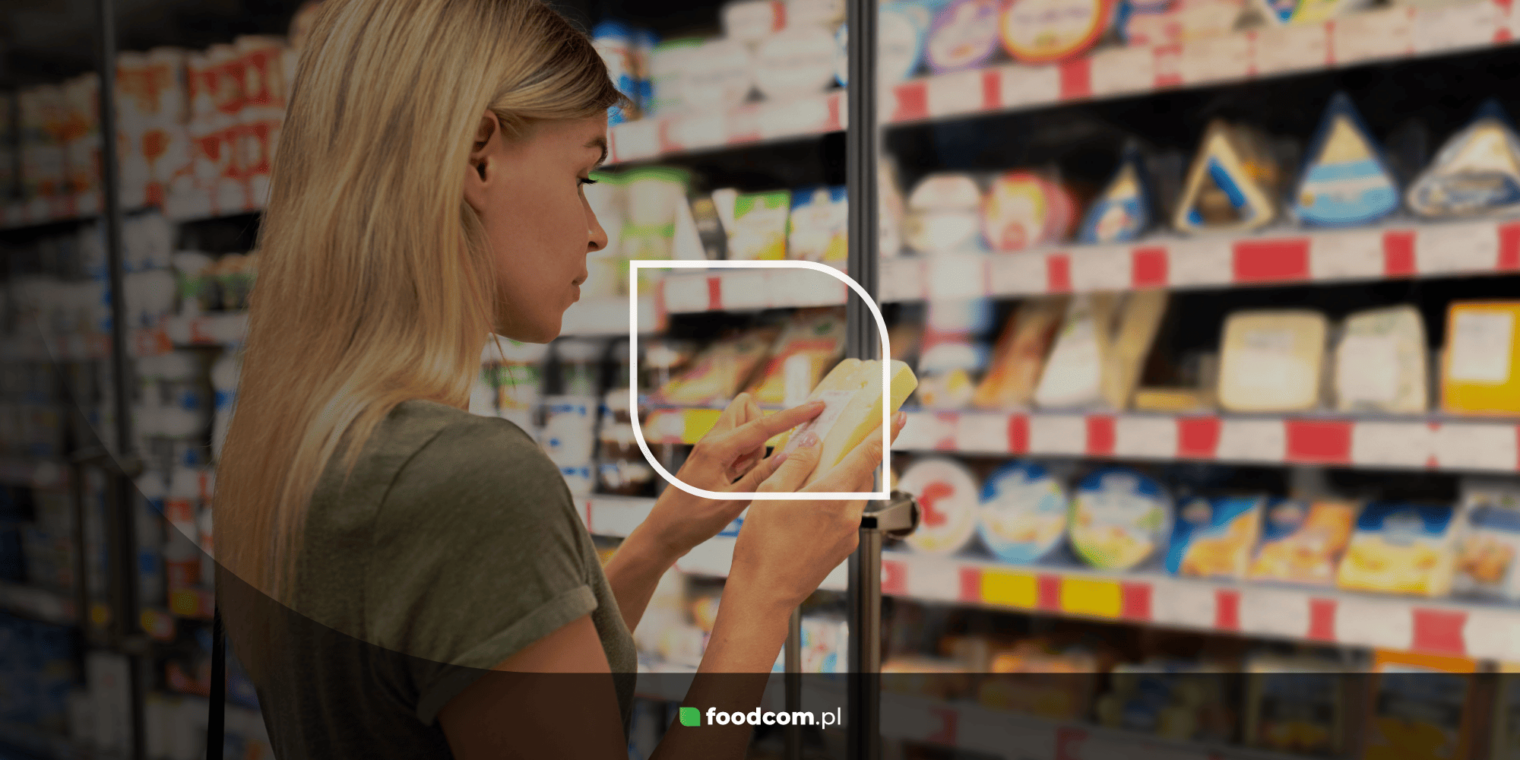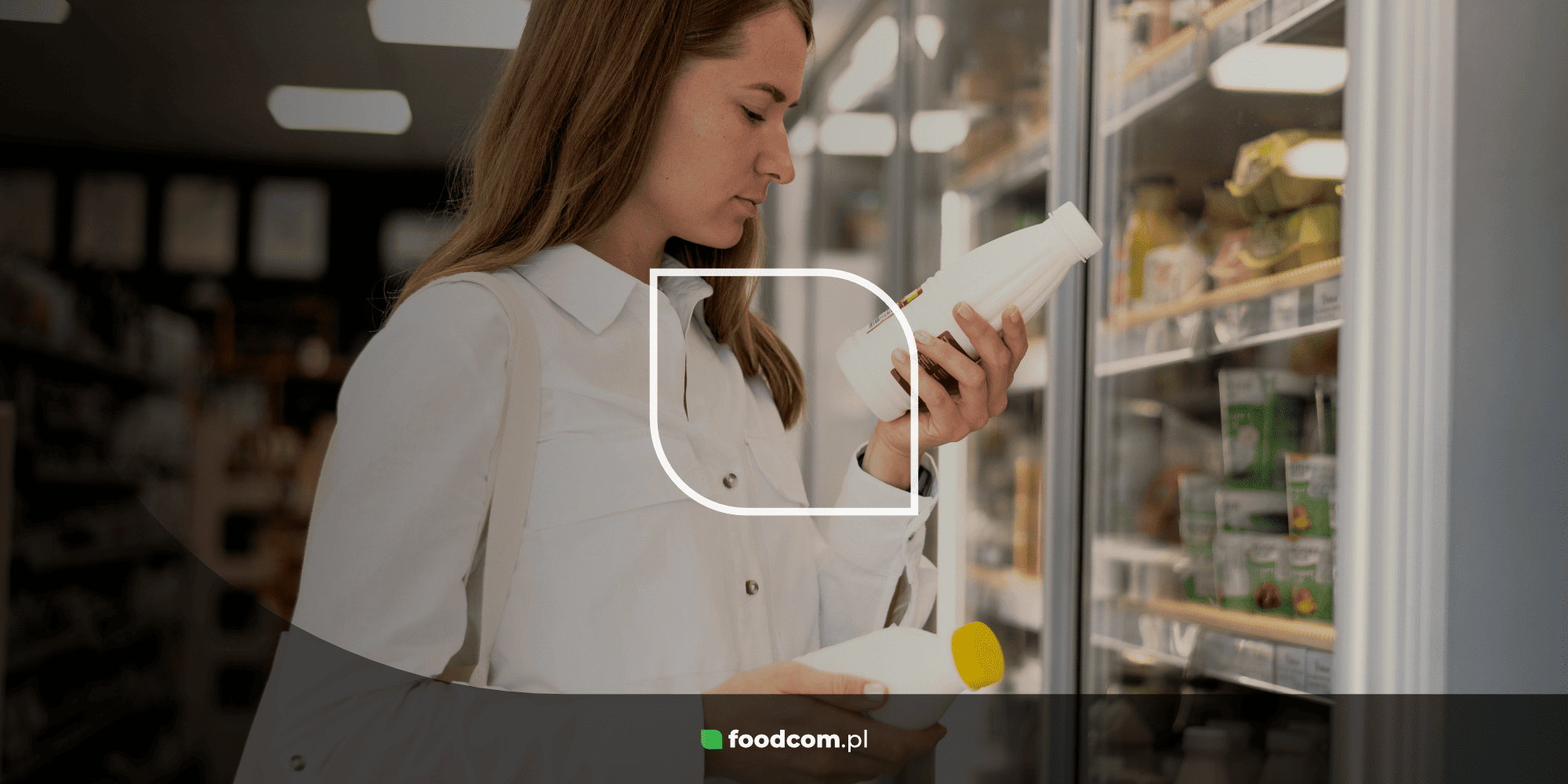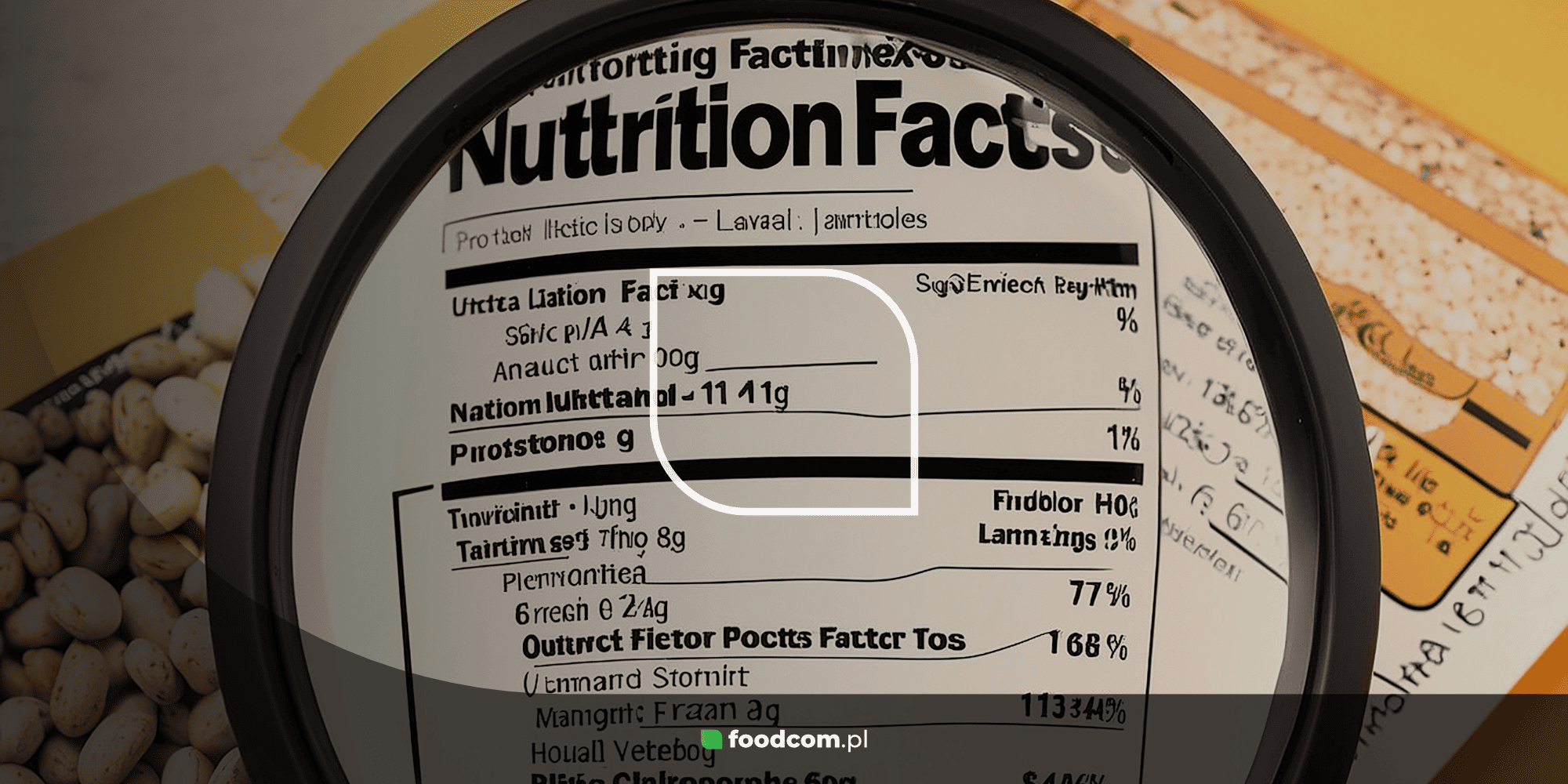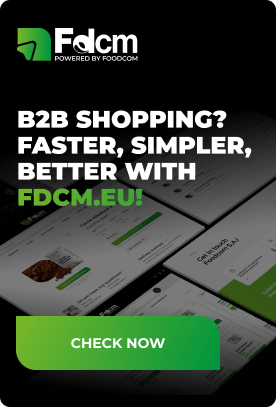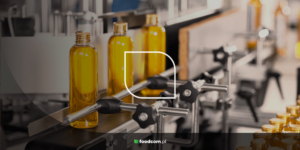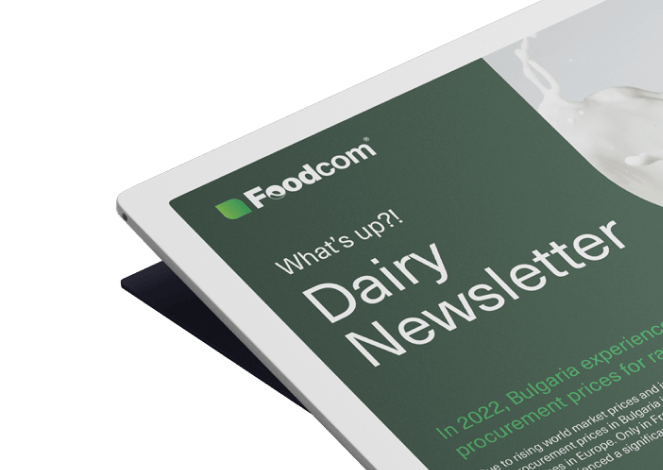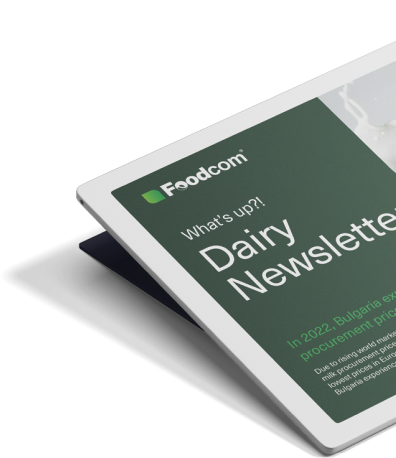- Conscious label reading is a key skill in taking care of your health, especially with allergies and diet-related diseases.
- Manufacturers often use marketing tricks and hidden ingredients, which can mislead consumers.
- Understanding nutritional values and labels (such as RWS or Nutri-Score) helps in making better nutritional decisions.
- New technologies and regulations are moving towards greater transparency and supporting consumers in their daily choices.
In the modern world, the ability to read labels has become a key health competence. According to research conducted by the European Food Safety Authority (EFSA), more than 60% of consumers say they read food labels. However, only 30% fully understand them. This knowledge gap can have serious consequences for our health. Especially in the context of food allergies and diet-related diseases.
Food law in the European Union provides some protection for consumers. Manufacturers often exploit loopholes and marketing tricks. For example, the use of different names for the same ingredient (sugar can appear under 56 different names) makes informed choices difficult. It is important that the consumer has a basic knowledge of how to interpret nutrition information.
Looking deeper into the composition of products
When analysing the list of ingredients, it is worth paying attention to the order of ingredients, but also to the quality of the components used. Products containing ingredients with names we cannot decipher should arouse our vigilance. For example, “hydrolysed vegetable protein” may mean soy protein. This is a common allergen. Natural flavours may contain hidden sources of gluten.
Manufacturers place slogans such as ‘contains vitamins’ or ‘rich in fibre’ on the packaging, while the product is simultaneously full of sugar and saturated fat. Consumer research shows that up to 70% of shoppers are effectively misled by such claims.
Nutritional value – how to interpret the data?
It is worth learning to read nutritional values in the context of daily requirements. The RWS (Reference Intake Values) percentages help to assess how a product fits into our daily diet. For example, if a product contains 30% of the daily salt requirement, it should be considered high in sodium and consumed in moderation.
Interestingly, from 2022, the European Commission is considering the introduction of an additional front-of-pack nutrition labelling (FOPNL) system, similar to the French Nutri-Score system. Such a system would aim to make nutritional information even simpler for the average consumer.
Allergens – not just a list of 14 ingredients
The law lists 14 major allergens. It is worth remembering that the list of potential food allergens is much longer. Allergies to less common ingredients, such as maize, meat or certain fruits, are becoming increasingly common. Manufacturers sometimes use phrases such as “may contain traces of…”. This indicates the possibility of cross-contamination during the production process. For people with severe allergies, even such trace amounts can be dangerous.
A new trend is the labelling of products as “free-from”. This is particularly important for people with coeliac disease or severe allergies. However, even such labels require vigilance. Studies show that around 5% of products labelled ‘gluten-free’ may contain traces of gluten.
Food additives – between necessity and controversy
The topic of food additives (E-additives) raises many emotions. It is worth noting that all authorised additives have undergone rigorous safety testing. The problem is when we consume many different additives throughout the day, their combined effect can be difficult to predict.
Some countries impose additional restrictions. Austria, for example, has banned the use of certain colourings in children’s products. Still allowed in the EU. This shows that even among experts there is not complete agreement on the safety of all additives.
New trends in food labelling
In recent years, we have seen several important trends in food labelling. More and more manufacturers are choosing to minimise the number of ingredients and avoid artificial additives. Organic labels are also gaining popularity. They provide information about a product’s carbon footprint or environmental impact.
It is worth noting the development of label-reading technologies. Some retail chains are introducing QR code systems. When scanned, they provide product information. Specialised mobile applications are also being developed that analyse the composition of products. These assess the nutritional value for the consumer.
Practical advice for consumers
To become an informed consumer, a few simple rules should be followed:
- Always start your shopping by reading the ingredients list – the shorter the better.
- Compare similar products against each other in terms of sugar, salt and fat content.
- Don’t be fooled by marketing slogans on the front of packaging.
- Use label scanning apps.
- Regularly update your knowledge of nutrition and new recipes.
Remember that our choices are an investment in our health. In an age of increasing lifestyle diseases, the ability to read labels is becoming very important. It is worth giving this issue the attention it deserves.
The future of food labelling
In the next few years, we can expect further changes in labelling legislation. The European Commission is working on harmonising labelling schemes across the EU. This should make it easier for consumers to make healthy choices. There is also talk of an obligation to include a warning on packaging about high sugar, salt or saturated fat content.
Until these changes are implemented, it is our vigilance and knowledge that remain the main tools in our daily food shopping. It is therefore worth treating label reading not as an onerous chore, but as part of taking care of your own health.

